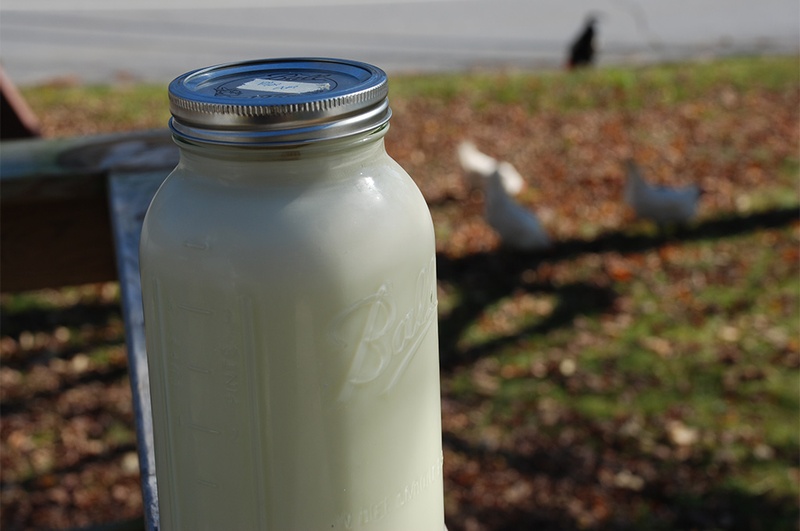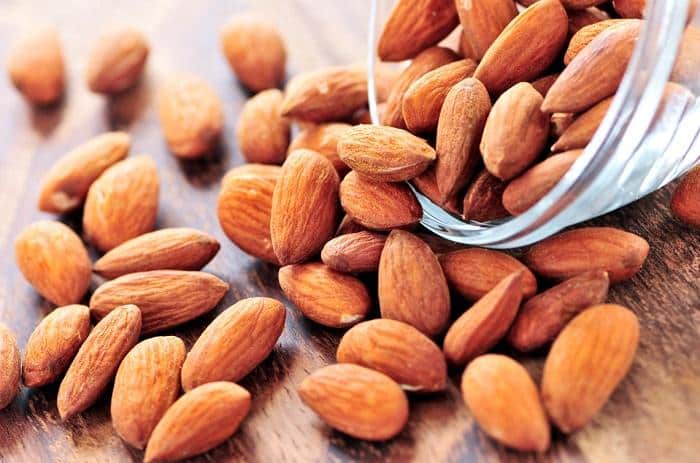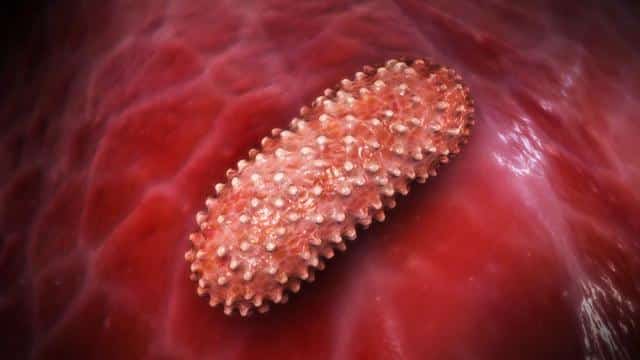Killer Genes
Beneath the glossy promise of biologically engineered, pest-resistant crops lies a growing concern that scientists, as well as ordinary folks concerned with stewardship, are beginning to wonder about.
What happens when bioengineered plants designed to kill insects start harming the very species our ecosystems depend on… bees, butterflies, and other essential pollinators?
The rise of venom-based genetic engineering in agriculture may be solving one problem, but emerging evidence suggests it’s creating an even greater ecological crisis. Perhaps one of the single greatest threats ever unleashed.
The Silent Collapse: Pollinators Already in Decline
Pollinators… especially bees… are already facing unprecedented challenges, from habitat destruction and climate change to widespread pesticide use. Adding venom-producing plants to this list of threats may prove catastrophic.
These crops are engineered with venom-derived proteins originally evolved to paralyze or kill insects. While designed to target specific pests, there’s growing concern that these proteins do not always discriminate.
Honeybees, bumblebees, monarch butterflies, hoverflies, and even hummingbirds come into contact with these genetically altered plants when gathering nectar or pollen. In doing so, they may also ingest venom proteins meant to be deadly.
And unlike traditional pesticides, these proteins aren’t sprayed… they’re embedded systemically into every part of the plant, including the pollen and nectar. That means the exposure is direct, persistent, and potentially unavoidable for any pollinator visiting the crop.
Scientific Uncertainty and the Case of Collateral Damage
Despite Big-Ag industry claims that venom-based bioinsecticides are species-specific, field research tells a more nuanced story. A 2023 study from the Journal of Ecotoxicology observed that certain engineered proteins, while not acutely toxic to bees, seems to impair navigation and learning… two essential behaviors for hive survival.
Sub-lethal effects such as confusion, disorientation, and reproductive disruption have already been documented with synthetic pesticides like neonicotinoids. Venom-derived proteins, which act on neurological channels, might produce similar or worse outcomes. But here’s the troubling part… we don’t yet know. No one knows. No long-term studies exist.
The safety assessments currently required for genetically engineered crops do not always include long-term studies on pollinators, nor do they explore the synergy between these proteins and other environmental stressors. The result is a regulatory blind spot… and the pollinators may be the ones paying the price.
A Global Food Threat
More than 80% of flowering plants rely on pollinators, and about one-third of all the food we consume would vanish without them. Almonds, apples, avocados, and dozens of other crops exist thanks to the quiet, unpaid labor of bees and butterflies.
If venom-producing crops prove harmful to pollinators, we’re not just talking about a biodiversity crisis. We’re talking about a global food security threat.
Some of the most heavily modified crops… corn, soy, and tomatoes… aren’t dependent on pollinators, but they exist side-by-side with pollinator-dependent plants in agricultural ecosystems.
A bee that sips nectar from a venom-producing soybean may later pollinate an apple orchard. The spread of venom proteins across fields through pollen drift, soil runoff, or indirect exposure could have ripple effects we haven’t yet mapped. Please read that again.
Where in Heck Are the Safeguards?

Unlike the European Union, which applies the precautionary principle when introducing new agricultural technologies, the U.S. and many other countries follow a “substantial equivalence” model. This assumes GE crops are safe until proven otherwise.
But proving harm… especially subtle, long-term ecological harm… is a monumental task. Field studies are expensive, time-consuming, and rarely funded by the companies that stand to benefit from rapid product rollout. Worse, proprietary protections and opaque licensing agreements often restrict independent research.
Some early reports suggest that universities holding patents for venom-based seeds have signed exclusivity agreements with corporate partners, limiting oversight. Reminds me of the vax patents, without transparency, the science becomes as inaccessible as the data, and public trust continues to erode.
Where’s the Transparency, Accountability, and Stewardship?
The promise of bioengineered crops should not come at the expense of pollinator populations. And yet, this technology… lauded for its potential to reduce pesticide use… may be causing even greater ecological harm through diabolical novel means.
We’ve got to ask: Are biotech companies prepared to take responsibility if long-term research finds these crops contributed to pollinator collapse? Will farmers be compensated for yield losses if their local pollinators disappear? Who, ultimately, is accountable?
Labeling laws, independent oversight, and ecological impact studies must become mandatory, not optional footnotes in patent filings by lawyers who understand how the game is played. Further, the public deserves to know when a crop has been engineered to produce neurotoxins—even if they’re derived from spider venom instead of synthetic chemicals.
The Future of Our Flowers… But More Importantly… Our Food
Pollinators are more than agricultural tools… they are keystone species in complex ecosystems. Their increasing loss will not just devastate food production but unravel the natural beauty and diversity of the world we live in. God gave us this world to take care of, not destroy.
As the debate over venom biotech continues, we must ensure that the voices of ecologists, conservationists, and beekeepers are heard alongside those of genetic engineers and corporate shareholders. Because in the end, our food system is only as strong as the smallest winged worker buzzing through the field.
Lest anyone thinks I’ve turned into some tree-hugging left-winger, I’ve included some papers to take a look at.
Key Scientific Studies Supporting the Article
- Chamani, M., Dadpour, M.R., Dehghanian, Z., & Rad, S.P. (2025).
From Digestion to Detoxification: Exploring Plant Metabolite Impacts on Insect Enzyme Systems for Enhanced Pest Control.
Insects, 16(4), 392.
This paper investigates how plant-produced toxins, including those used in GE crops, interact with insect enzyme systems. It raises concerns about how detoxification pathways in non-target insects (like bees) may be compromised, especially when the engineered toxins are neuroactive peptides derived from venom sources.
📄 Full Text Link - Tsvetkov, N., Samson-Robert, O., Sood, K., et al. (2017).
Chronic exposure to neonicotinoids reduces honey bee health near corn crops.
Science, 356(6345), 1395–1397.
This landmark paper shows that sub-lethal pesticide exposure—similar to what venom-expressing crops could create—impairs honeybee immune systems.
📄 Read on Science - Goulson, D. (2013).
An overview of the environmental risks posed by neonicotinoid insecticides.
Journal of Applied Ecology, 50(4), 977–987.
Though not specific to venom proteins, this highly cited paper explains how systemic insecticides (including those engineered into plants) can appear in pollen and nectar, threatening bees and butterflies.
📄 Read Article - Bøhn, T., & Lövei, G.L. (2001).
Ecological risks of transgenic plants: a growing concern for environmental safety.
Sustainable Agriculture Reviews, 4, 191–208.
The authors emphasize the long-term ecological uncertainties of GMOs that produce their own pesticides, including potential harm to beneficial insects like pollinators.
📄 ResearchGate Link - Mason, R., Tennekes, H., Sánchez-Bayo, F., & Jepsen, P.U. (2013).
Immune suppression by neonicotinoid insecticides at the root of global wildlife declines.
Journal of Environmental Immunology and Toxicology, 1(1), 3–12.
Highlights how neurotoxic biopesticides can impair insect immunity—a mechanism relevant to venom proteins.
📄 ResearchGate Link - Li, Y., Meissle, M., & Romeis, J. (2008).
Consumption of Bt maize pollen expressing Cry1Ab or Cry3Bb1 does not harm adult green lacewings.
Environmental Entomology, 37(2), 234–242.
This study, while showing no effect in one non-target species, illustrates the case-by-case nature of GE crop safety—making broad assumptions of safety to pollinators unjustified.
📄 PubMed - Pisa, L.W., Amaral-Rogers, V., Belzunces, L.P., et al. (2014).
Effects of neonicotinoids and fipronil on non-target invertebrates.
Environmental Science and Pollution Research, 22(1), 68–102.
Comprehensive review showing how chemical and biological toxins can interact to create cascading ecological damage, affecting species like butterflies and bees.
📄 Springer Link
🔎 Bonus Contextual Paper
- Martinson, E.O. (2012).
Mutualism Stability and Gall Induction in the Fig and Fig Wasp Interaction.
Although not directly on GE crops, this study reveals how delicate mutualisms can be disrupted by even slight chemical changes—reinforcing the danger of unintended consequences.
📄 Full Text on ProQuest









